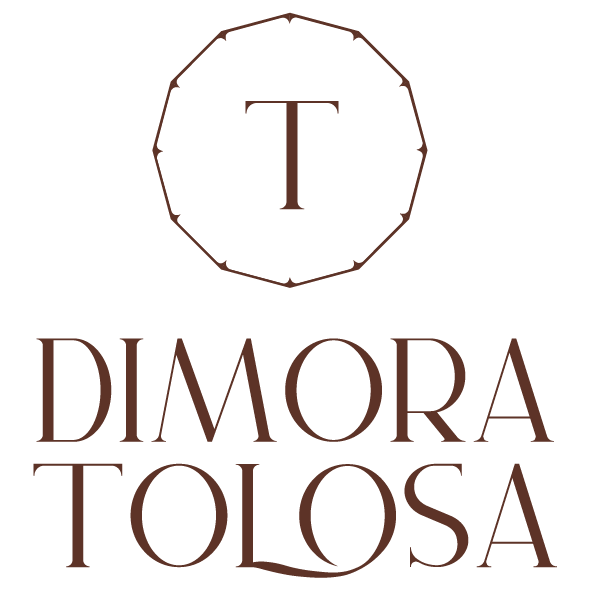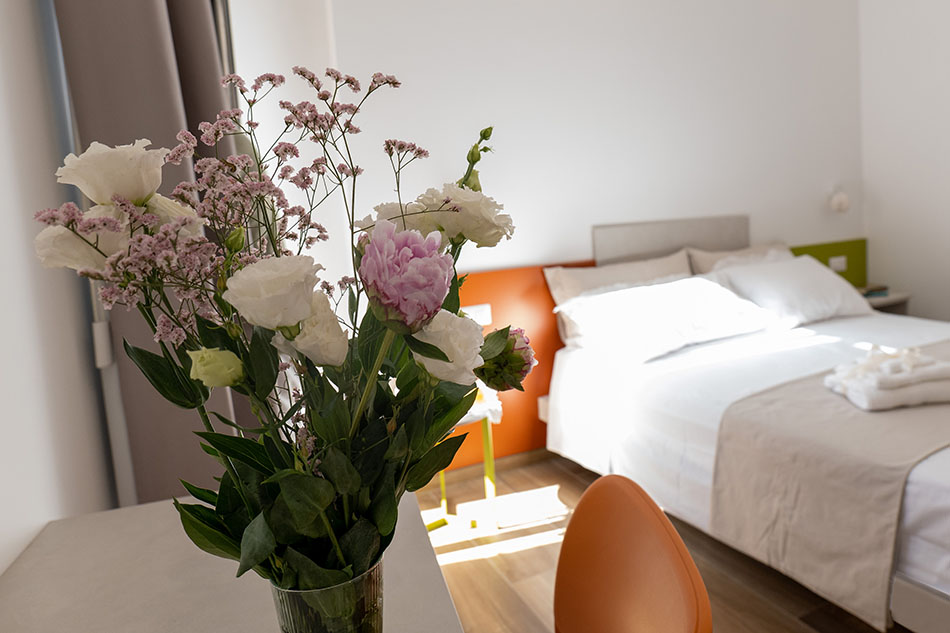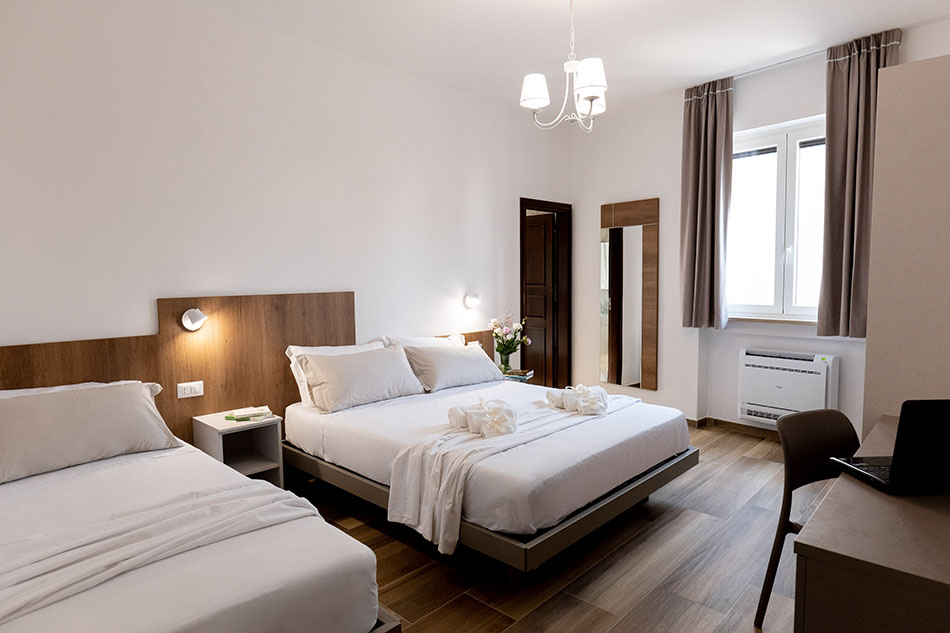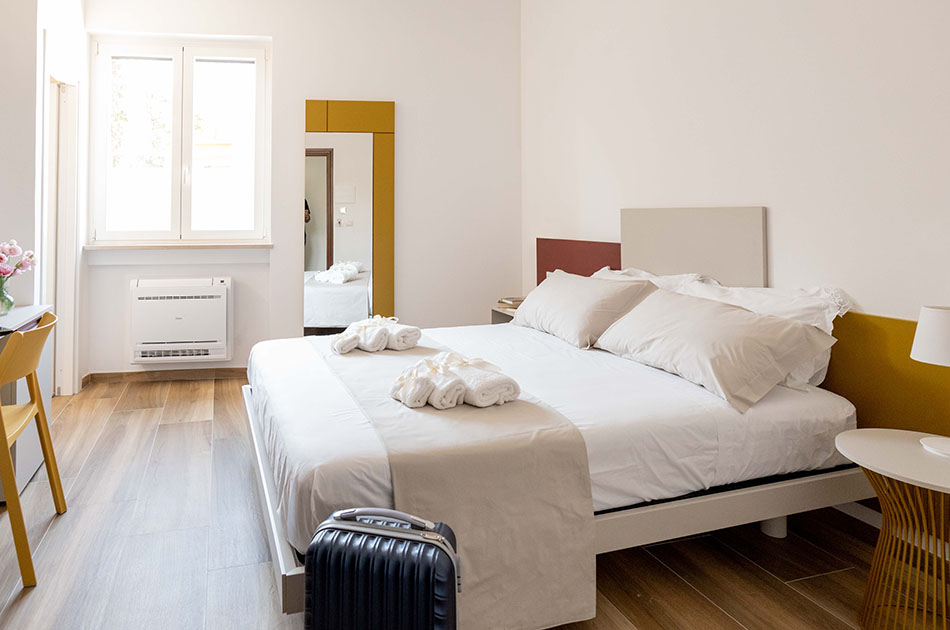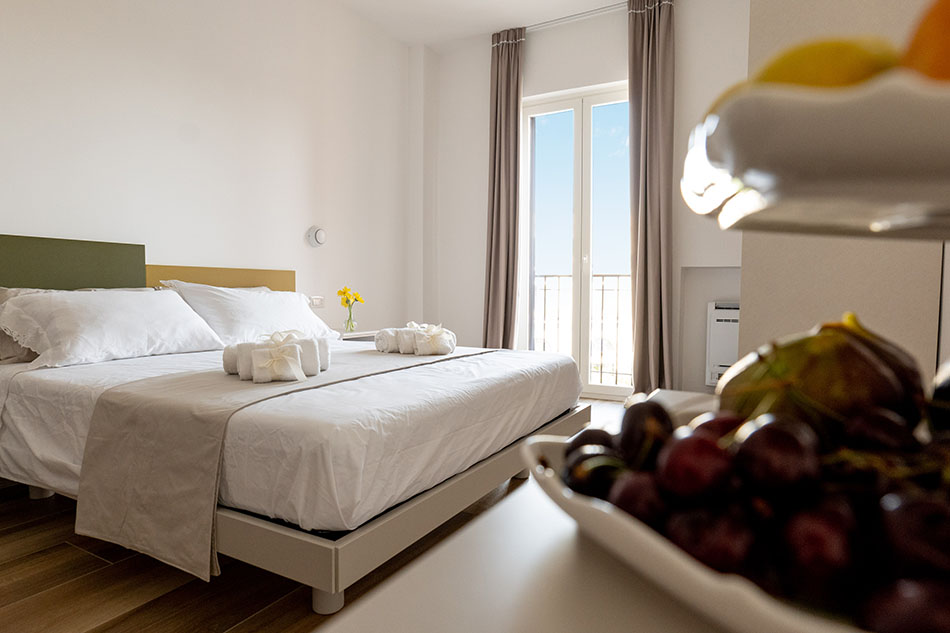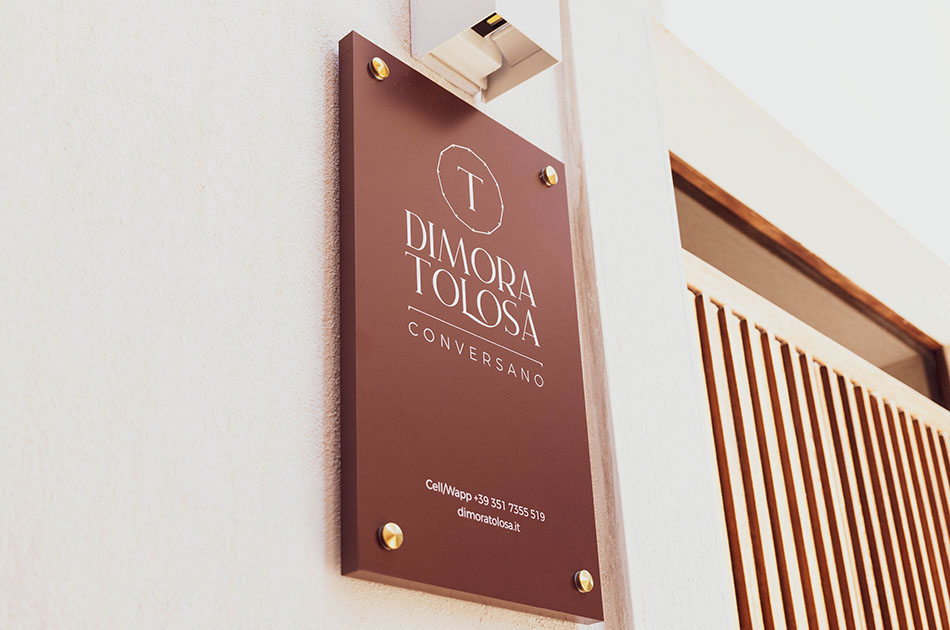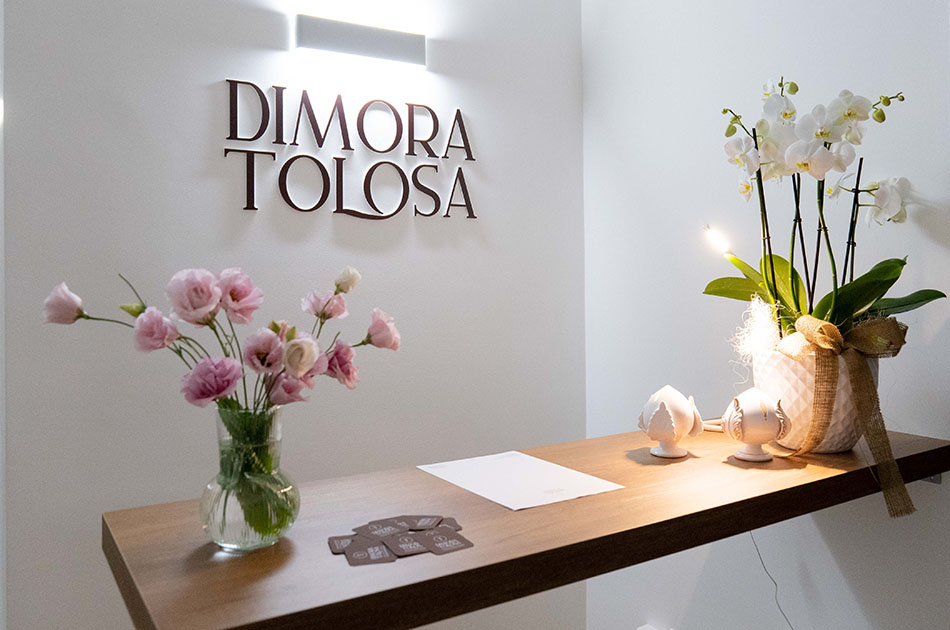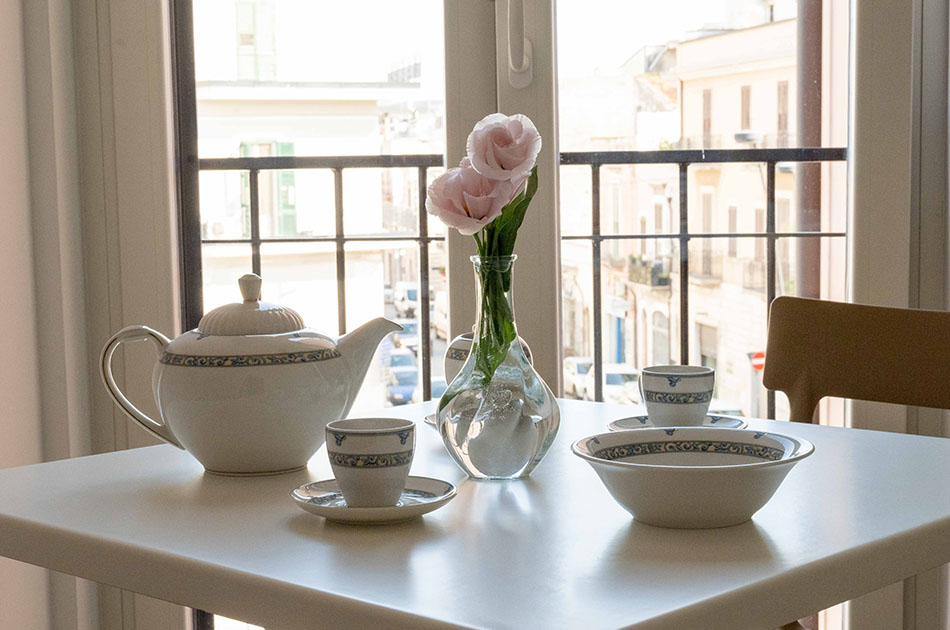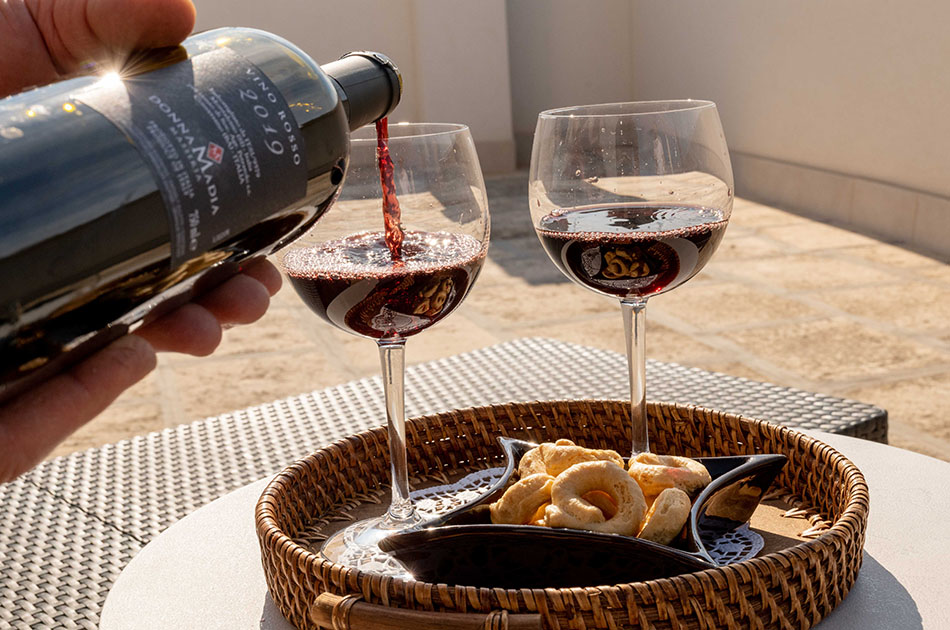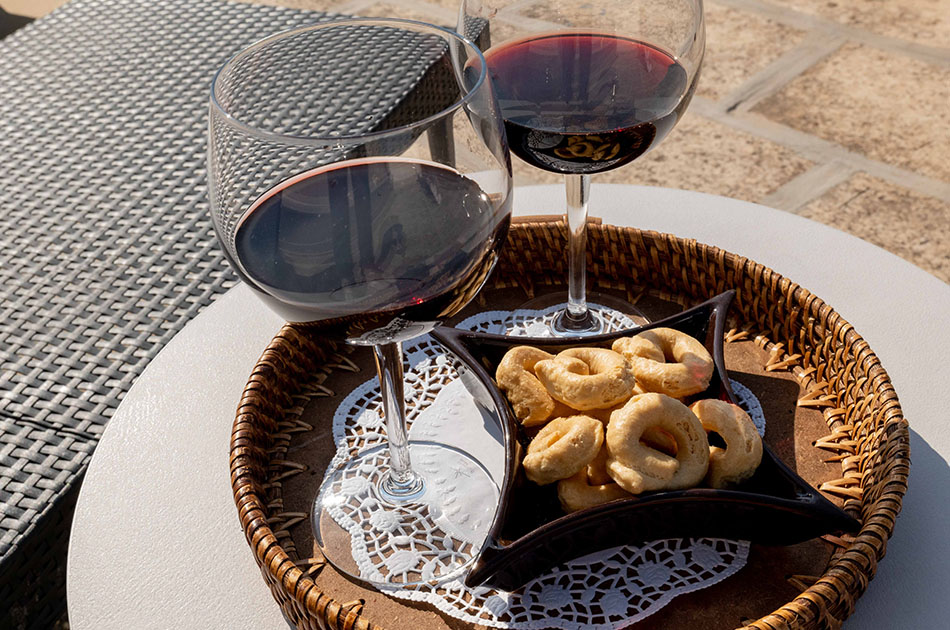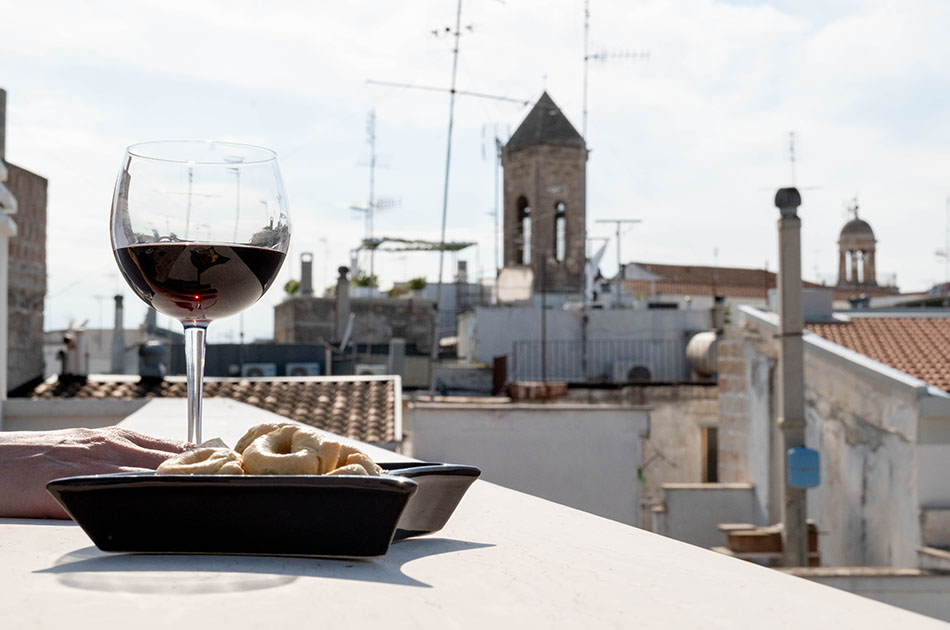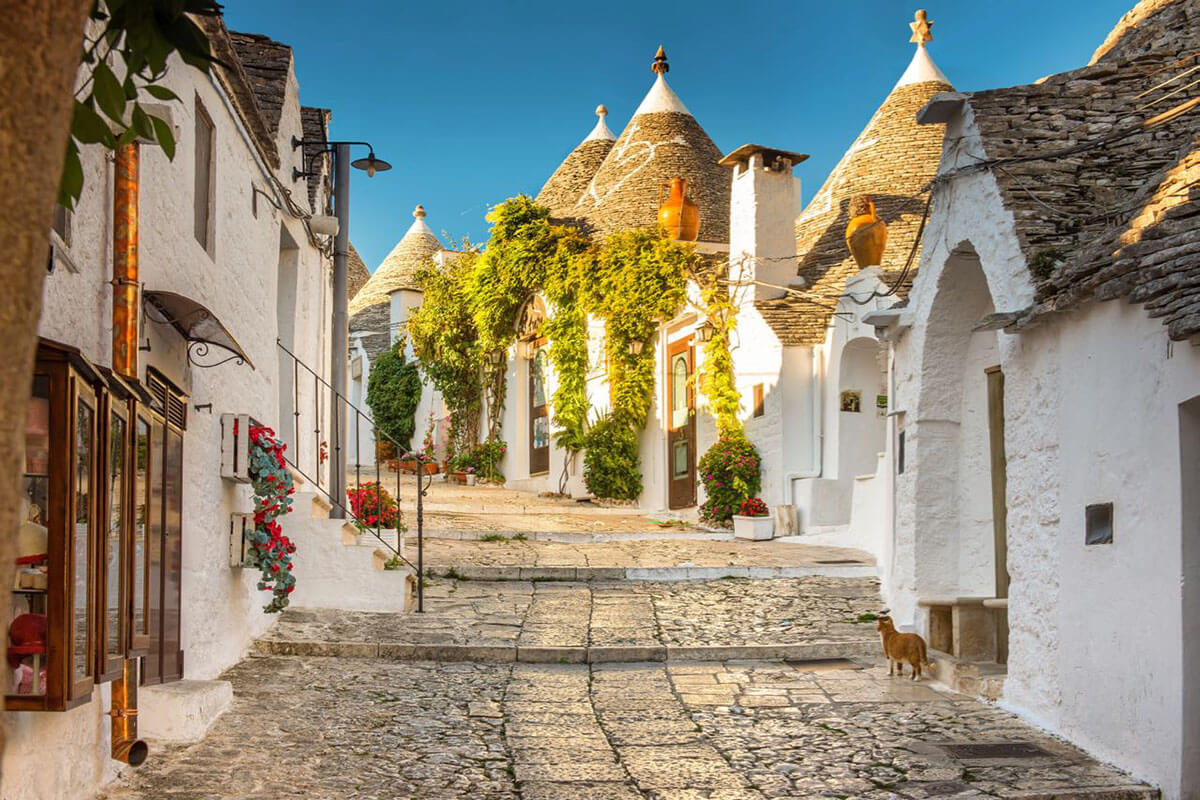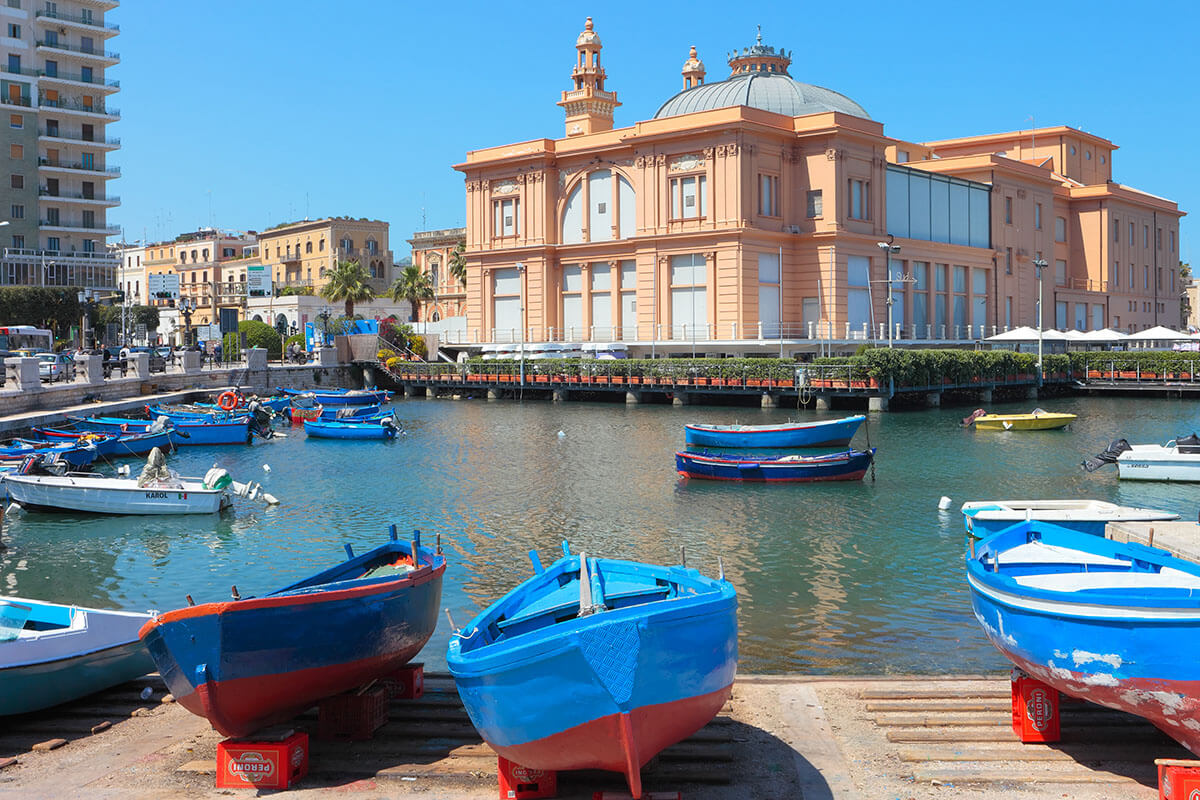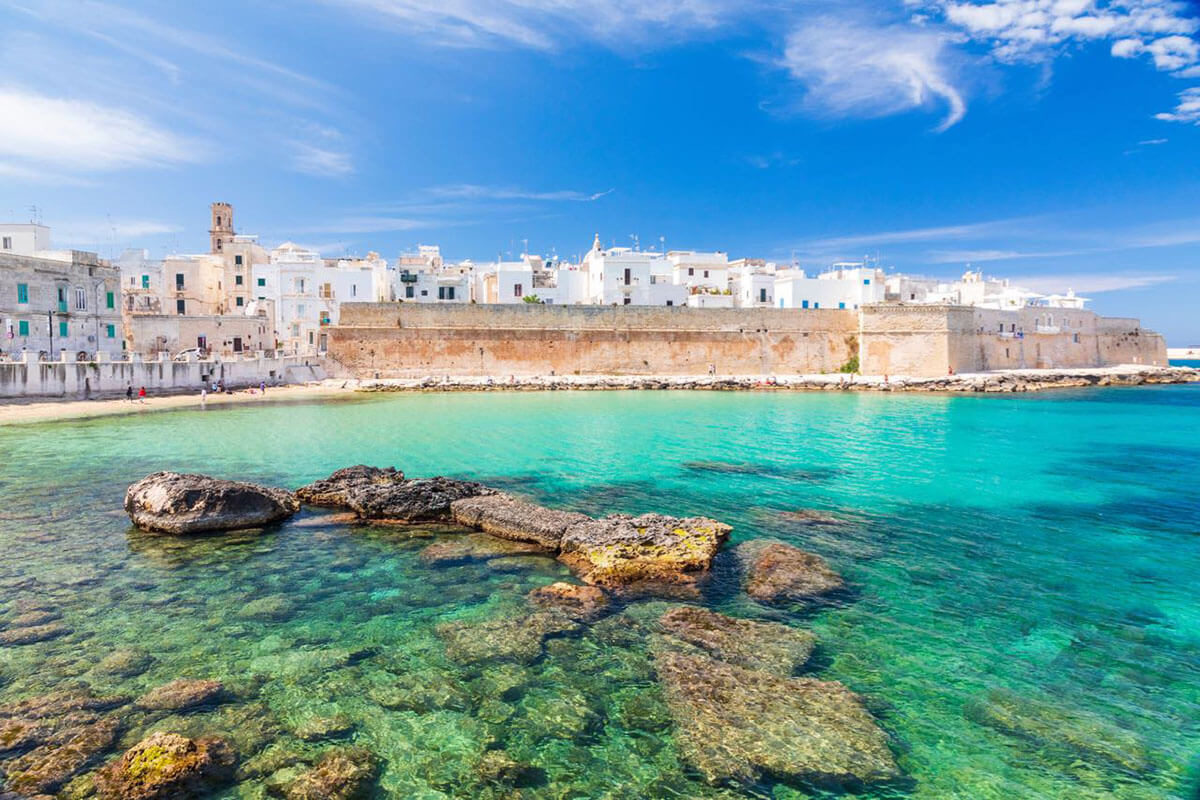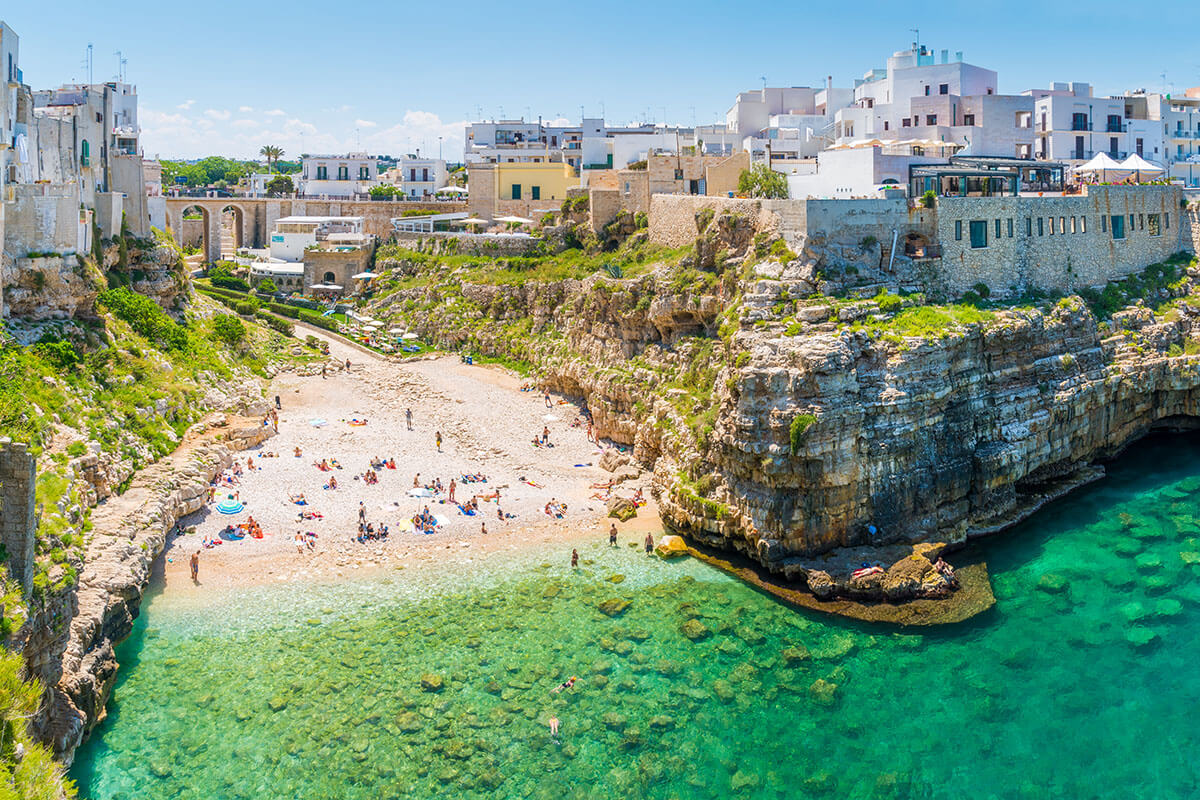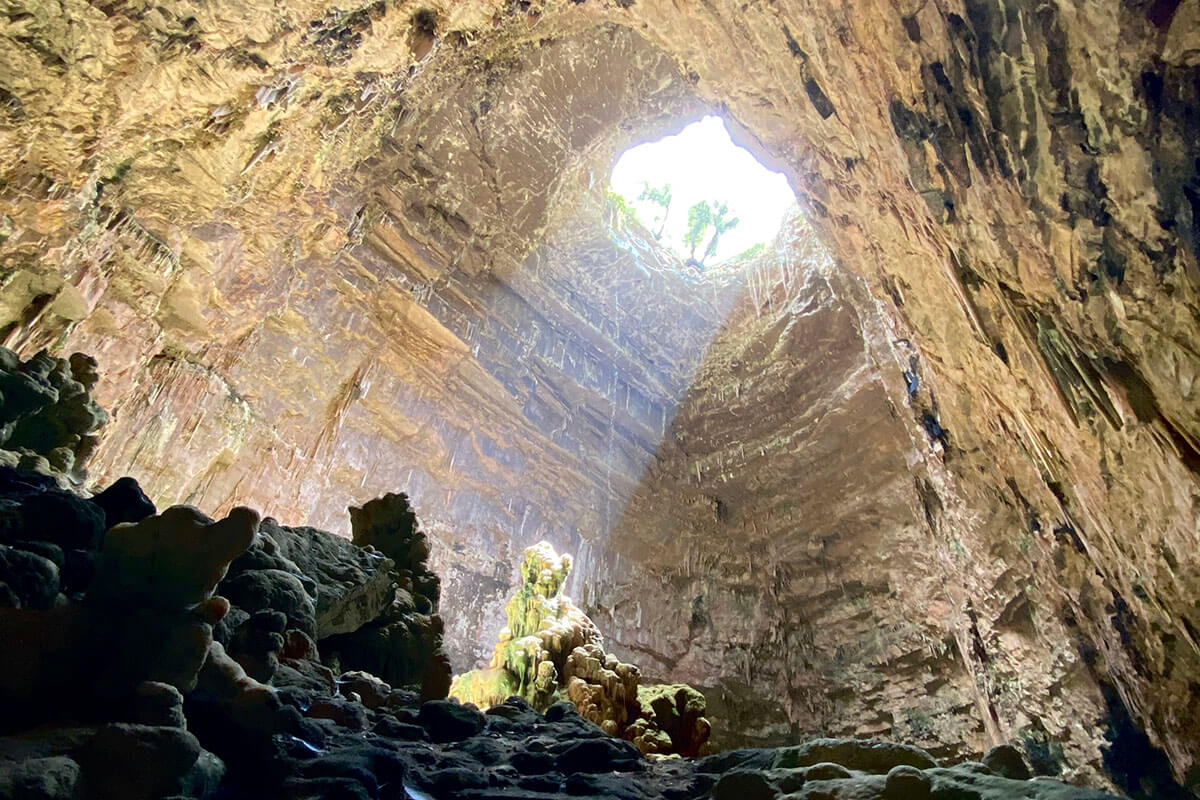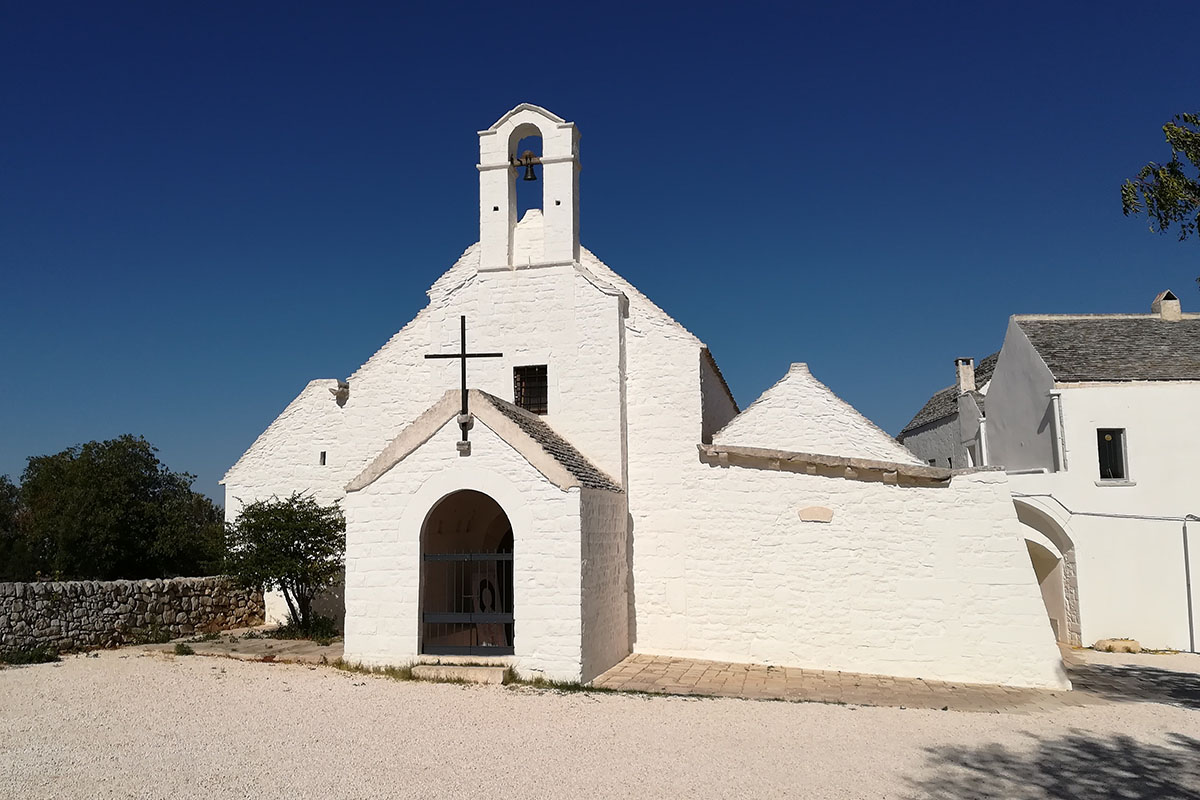Una struttura moderna nel cuore di Conversano
Saremo sempre lieti di accogliervi nelle nostre comode camere e nei nostri miniappartamenti che, grazie alla loro posizione, a ridosso delle mura della città vecchia, vi offriranno sia la possibilità di godere della bellezza del centro storico, sia della praticità di parcheggiare comodamente la vostra auto nei parcheggi pubblici a pochi metri dal nostro ingresso.
Tutte le stanze di Dimora Tolosa con i loro ambienti arredati in stile contemporaneo, vi consentiranno di vivere tutti i comfort di una dimora moderna, situata nel cuore del borgo antico di una città storica e importante come Conversano. A ciclisti e motociclisti inoltre, Dimora Tolosa offre gratuitamente la disponibilità di un comodo box per il rimessaggio dei mezzi.
Vi aspettiamo in tutte le stagioni dell’anno, per ospitarvi nelle nostre accoglienti dimore all’insegna del gusto e del relax che solo la magia di una regione come la Puglia potrà regalarvi.
Le stanze
La Puglia intorno a Noi
Siamo al centro dell’incantevole Puglia che offre innumerevoli mete per le vostre escursioni quotidiane. Il mare è a due passi, come lo sono anche il nostro capoluogo di regione Bari e le altre meravigliose località nei dintorni di Conversano, facilmente raggiungibili in pochi minuti di auto. Dimora Tolosa vi propone degli itinerari, lungi dal voler essere esaustivi perché la nostra è una terra da scoprire in totale libertà!
- Alberobello
- Bari
- Monopoli
- Polignano
- Castellana Grotte
- Noci
